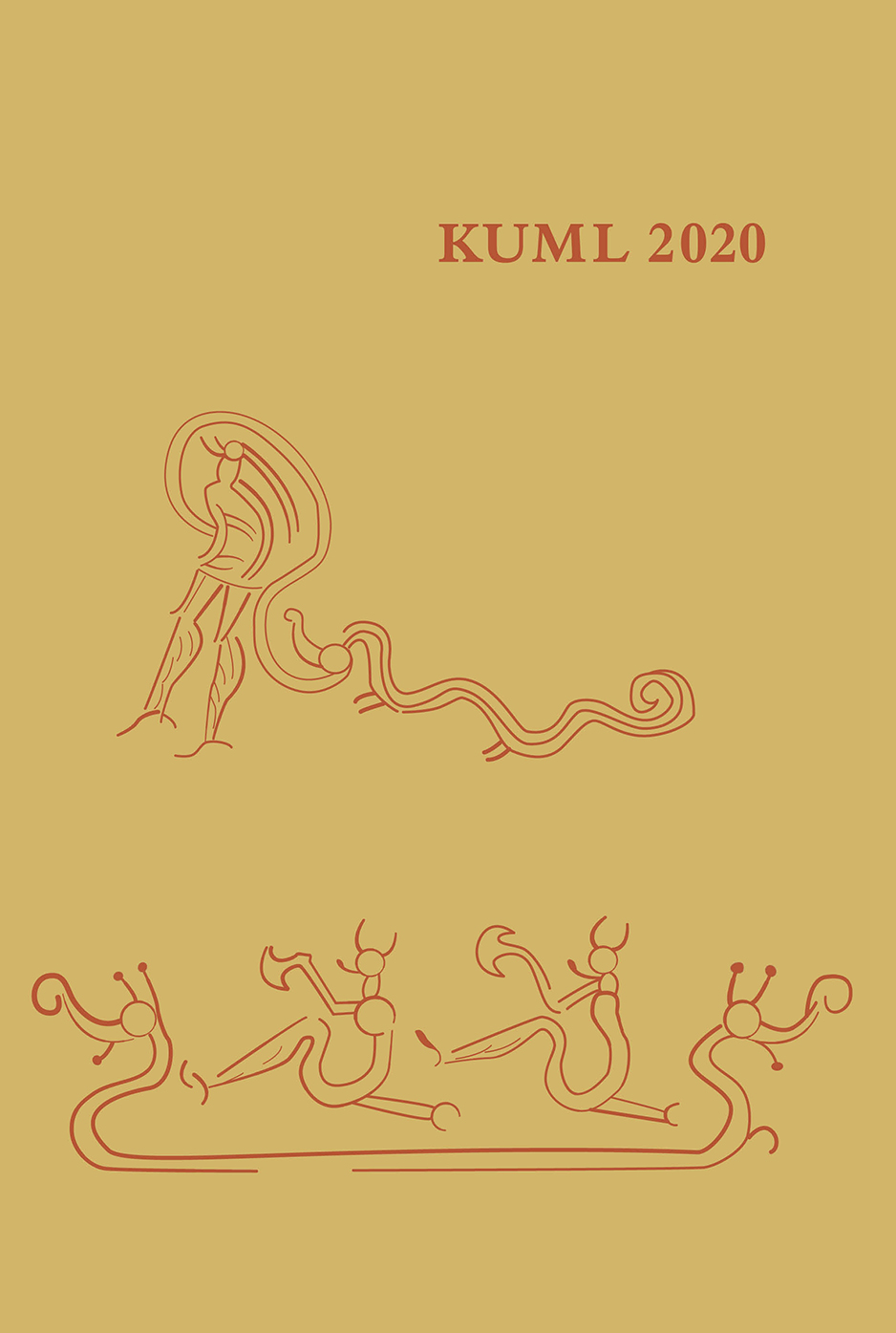Frie og ufrie bønder
Landsbyer, gårde og socialstruktur på den jyske vestkyst i la longue durée
DOI:
https://doi.org/10.7146/kuml.v69i69.126091Nøgleord:
Landsbyer, Gårde, Socialstruktur, Jyske vestkyst, la longue duréeResumé
Freemen and villeins
A longue durée perspective on villages, farmsteads and social structure in western Jutland
Over the course of the last two decades, Danish archaeology has seen a vast increase in excavation activity supported by the introduction of GIS-based systems. Moreover, the digital revolution has made accessible an extensive collection of historical maps, thereby enabling direct comparisons between excavated structures and depictions of the landscape extending back to the late 18th century.
The time-consuming process of building complete GIS-systems that include older excavations and reconstructing past landscapes from old maps is ongoing at most Danish museums. This has led to many intriguing correlations and insights. The current models for the settlement history in Denmark during the Iron Age and the Viking period are, however, still primarily based on the findings from the renowned Vorbasse excavations undertaken between 1974 and 1987, and only overviews of these results have been so far published.
This article is based on finds and evidence held at the Museum of Southwest Jutland and focuses on western Jutland. With a foundation in excavation results and landscape models extracted from the historical maps of c. 1800, the aim is to apply a longue durée perspective in the search for the underlying structures constituting the agrarian landscape during the last two millennia.
The shifting climate appears to have had a profound impact, but written sources like the church list from Ribe diocese of c. AD 1325 give vital clues, which can be compared with the data emerging from the booming research into palaeo-climatic change (figs. 1-4).
Danish landscape laws written down in the 13th century distinguish between two types of agrarian settlement: the main village (adelby) and the thorp (torp). Thorps derived from main villages and were in some way subordinate to them. It is argued that this division may extend far back in the Iron Age, and a mapping of main villages has been attempted (figs. 5-7). Analysis of historical maps has shown that the arable areas cultivated in c. 1800 lie where the predecessors of the existing villages are to be found, extending all the way back to the Late Pre-Roman Iron Age. Finds recovered during metal-detector surveys are also found concentrated on this arable land. This indicates a direct continuity in the overall settlement pattern, the associated field systems and the growing community.
Based on cases from western Jutland, the settlement structure during the Iron Age and the Viking period is discussed. The excavated villages and farmsteads, their associated cemeteries and the numerous finds recovered by metal detector portray a society based on family-run farmsteads apparently without major class differences – very closely resembling the landscape depicted on historical maps 1000 years later (figs. 8-14).
Aristocratic sites or “central places” are also present in this area of southern Scandinavia, but they are few and far between.
The second part of the text deals with Medieval (in Denmark c. 1050-1550) villages and farmsteads. Based on excavated examples, it is argued that these are not yet as well understood as their predecessors since large parts of the Medieval remains are hidden underneath existing villages. The structural similarities between the Iron Age villages and their Early Modern counterparts portrayed on the historical maps indicate, however, that Medieval villages also followed the same overall trajectory (figs. 15-27).
The conclusion from the analysis is that village formation in western Jutland took place in the Late Pre-Roman Iron Age. Climate- and disease-related events, like the volcanic dust cloud after AD 536 and the Black Death in 1350, appear to be traceable as hiatuses in the archaeological record, but the overall trend is one of continuity. Every village that existed around 1800 seems to have had predecessors going all the way back to the Iron Age. The number of farms in an individual village also seems to have been roughly the same through the ages, indicating that shared ideas about sustainability may, in one form or another, have determined this.
Downloads
Publiceret
Citation/Eksport
Nummer
Sektion
Licens
Fra og med årgang 2022 er artikler udgivet i Kuml med en licens fra Creative Commons (CC BY-NC-SA 4.0).
Alle tidligere årgange af tidsskriftet er ikke udgivet med en licens fra Creative Commons.


